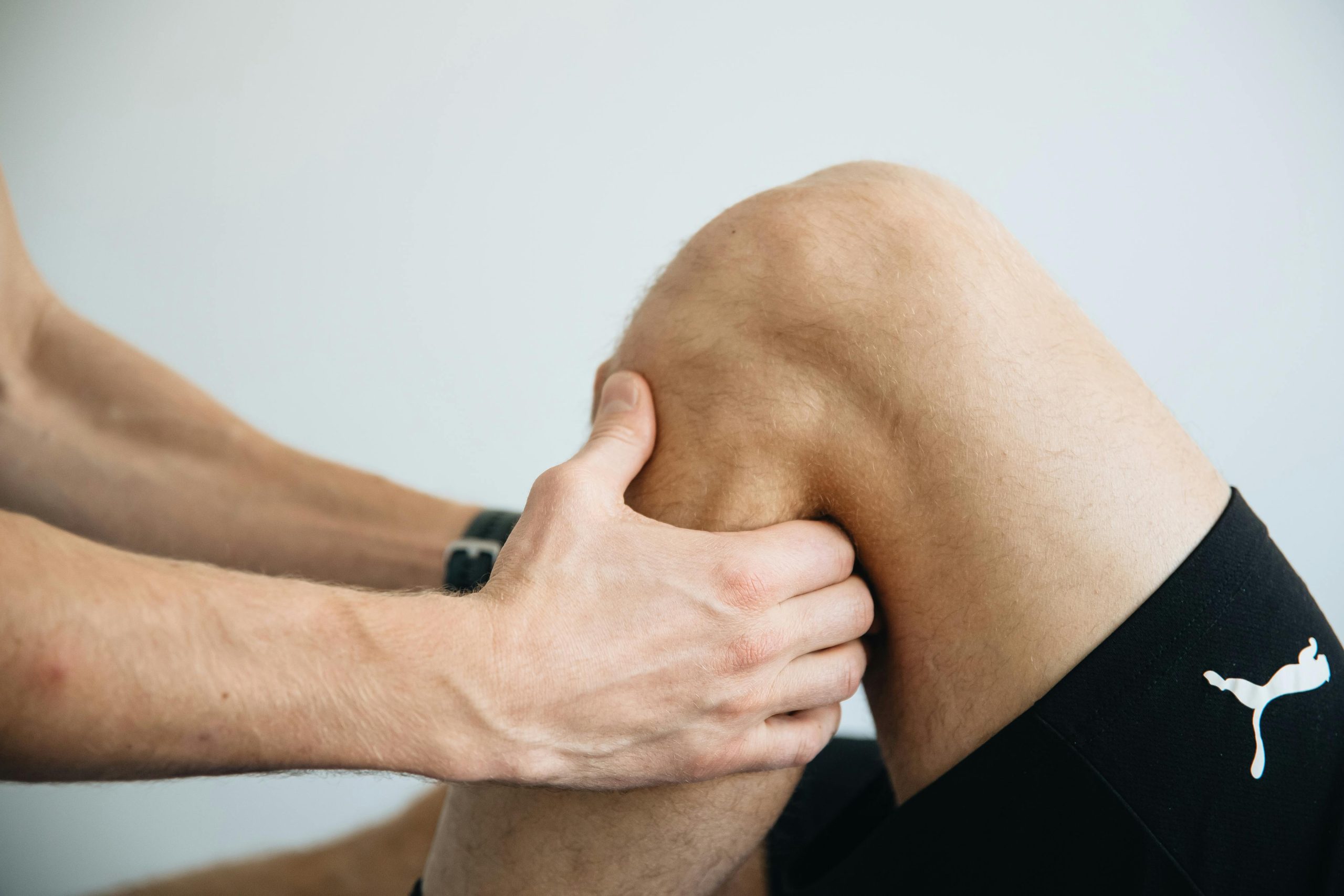



The evolution of ACL (Anterior Cruciate Ligament) repair has reached a new pinnacle with the development of the STARR (Soft Tissue Augmented Regenerative Repair) technique. Building upon the foundations laid by the BEAR (Bridge-Enhanced ACL Repair) technique, STARR introduces a surgical twist that enhances the regenerative capabilities of traditional ACL repair. At the London Cartilage Clinic, we are proud to be at the forefront of this innovative approach, offering our patients cutting-edge treatment options that promise better outcomes and faster recovery times.
STARR ACL Repair is an advanced form of ligament therapy that utilises a unique biocompatible scaffold combined with the patient’s own tissue to promote healing. This method not only supports the natural regeneration of the ACL but also incorporates strategic surgical enhancements that stabilise the knee more effectively than ever before.
By using a combination of autologous tissues and a novel scaffold, STARR promotes a more natural and robust regeneration of the ACL.
The surgical enhancements in STARR reduce the overall healing time, allowing patients to return to their normal activities more quickly.
The integration of the scaffold with the patient’s tissue provides superior biomechanical support to the knee, decreasing the likelihood of future injuries.
Despite the surgical additions, the STARR technique remains minimally invasive compared to traditional open ACL reconstruction, offering patients a quicker and less painful recovery.
STARR represents the next generation in ACL repair by integrating the benefits of the BEAR technique with additional surgical advancements. This hybrid approach addresses the limitations of previous treatments by providing a more durable and effective solution for ACL injuries.
Clinical trials and ongoing research at London Cartilage Clinic have shown that STARR not only meets but often exceeds the performance of traditional ACL repair methods. Patients undergoing STARR treatment report significantly improved outcomes, including enhanced knee stability and reduced incidence of re-injury.
STARR builds on the BEAR foundation by adding a surgical enhancement that utilises a biocompatible scaffold along with the patient’s own tissue, creating a stronger, more integrated repair.
Recovery times can vary, but typically, STARR allows for a quicker rehabilitation period compared to traditional ACL surgery, with many patients returning to light activities within a few months.
STARR is most suitable for active individuals seeking a robust solution for their ACL injury. However, suitability must be assessed on a case-by-case basis by our specialists.
As with any surgical procedure, there are risks such as infection or complications from anesthesia. However, these risks are minimal due to the advanced techniques and stringent safety protocols we follow.
Yes, STARR can be used for revision surgery in cases where previous ACL repairs have failed, providing a new opportunity for successful recovery.
STARR ACL Repair is setting new standards in the field of orthopaedic medicine, offering patients a sophisticated, effective alternative to traditional ACL repair techniques. With its combination of regenerative and surgical enhancements, STARR is poised to become the preferred choice for ACL rehabilitation at London Cartilage Clinic.
All our treatments are selected to help patients achieve the best possible outcomes and return to the quality of life they deserve. Get in touch if you have any questions.
At London Cartilage Clinic, we are constantly staying up-to-date on the latest treatment options for knee injuries and ongoing knee health issues. As a result, our patients have access to the best equipment, techniques, and expertise in the field, whether it’s for cartilage repair, regeneration, or replacement.
For the best in patient care and cartilage knowledge, contact London Cartilage Clinic today.
At London Cartilage Clinic, our team has spent years gaining an in-depth understanding of human biology and the skills necessary to provide a wide range of cartilage treatments. It’s our mission to administer comprehensive care through innovative solutions targeted at key areas, including cartilage injuries. During an initial consultation, one of our medical professionals will establish which path forward is best for you.
Contact us if you have any questions about the various treatment methods on offer.
Legal & Medical Disclaimer
This article is written by an independent contributor and reflects their own views and experience, not necessarily those of londoncartilage.com. It is provided for general information and education only and does not constitute medical advice, diagnosis, or treatment.
Always seek personalised advice from a qualified healthcare professional before making decisions about your health. londoncartilage.com accepts no responsibility for errors, omissions, third-party content, or any loss, damage, or injury arising from reliance on this material. If you believe this article contains inaccurate or infringing content, please contact us at [email protected].